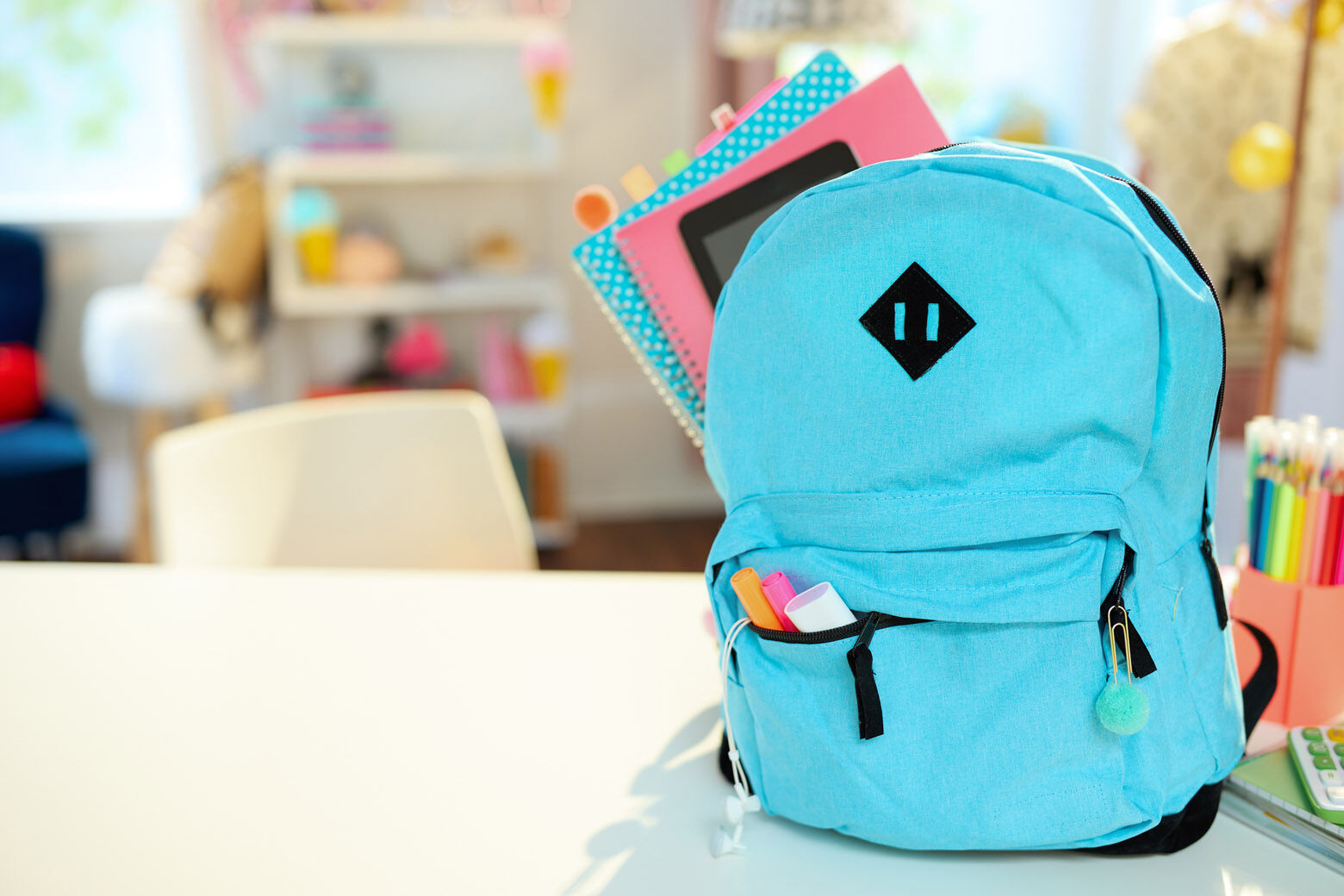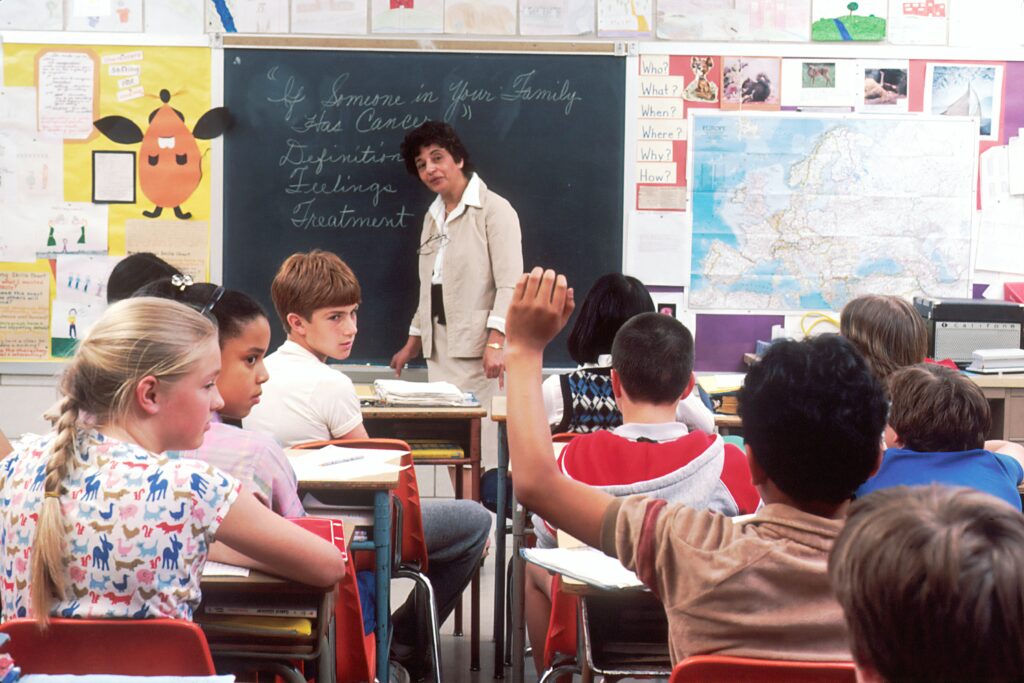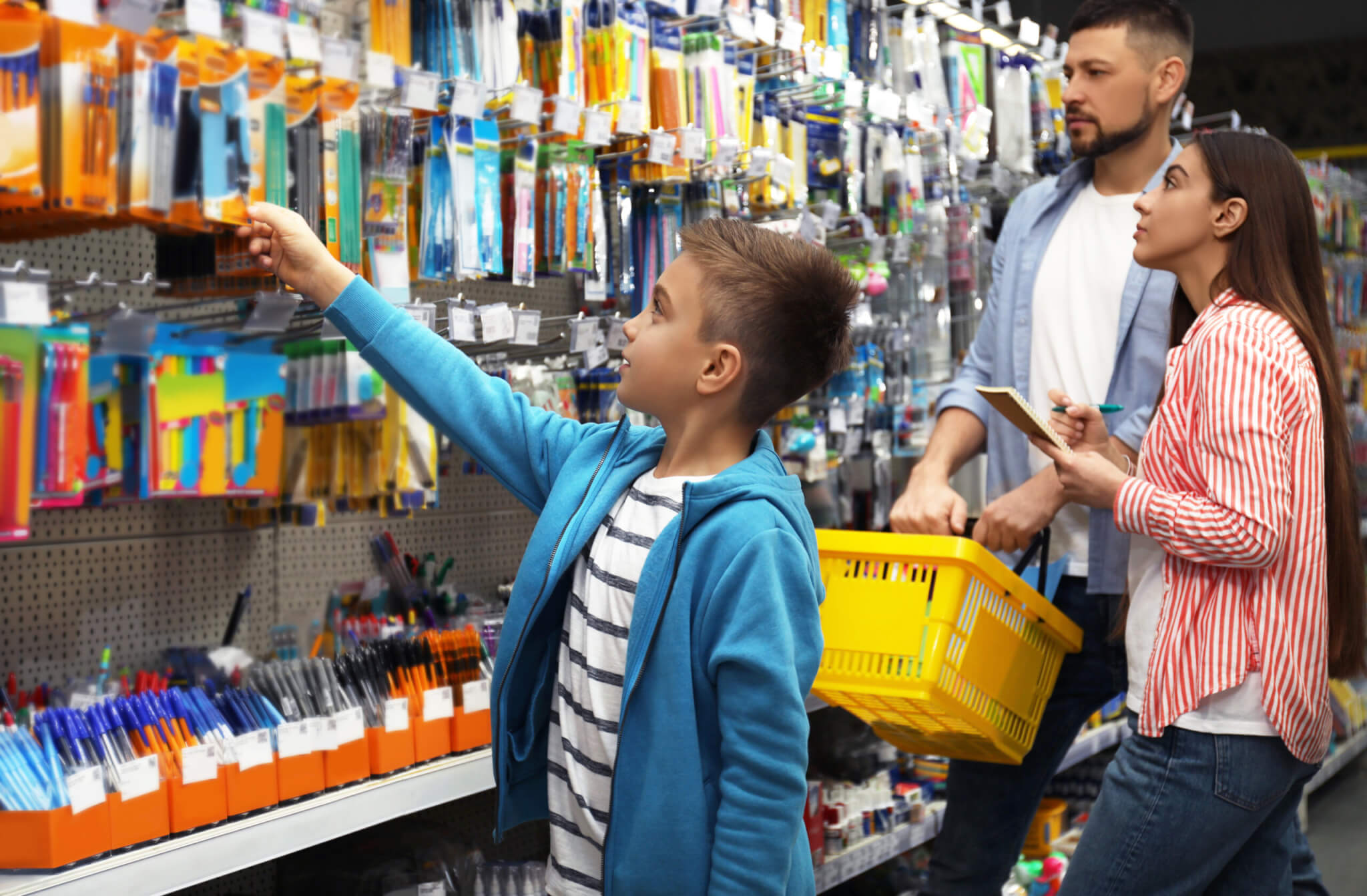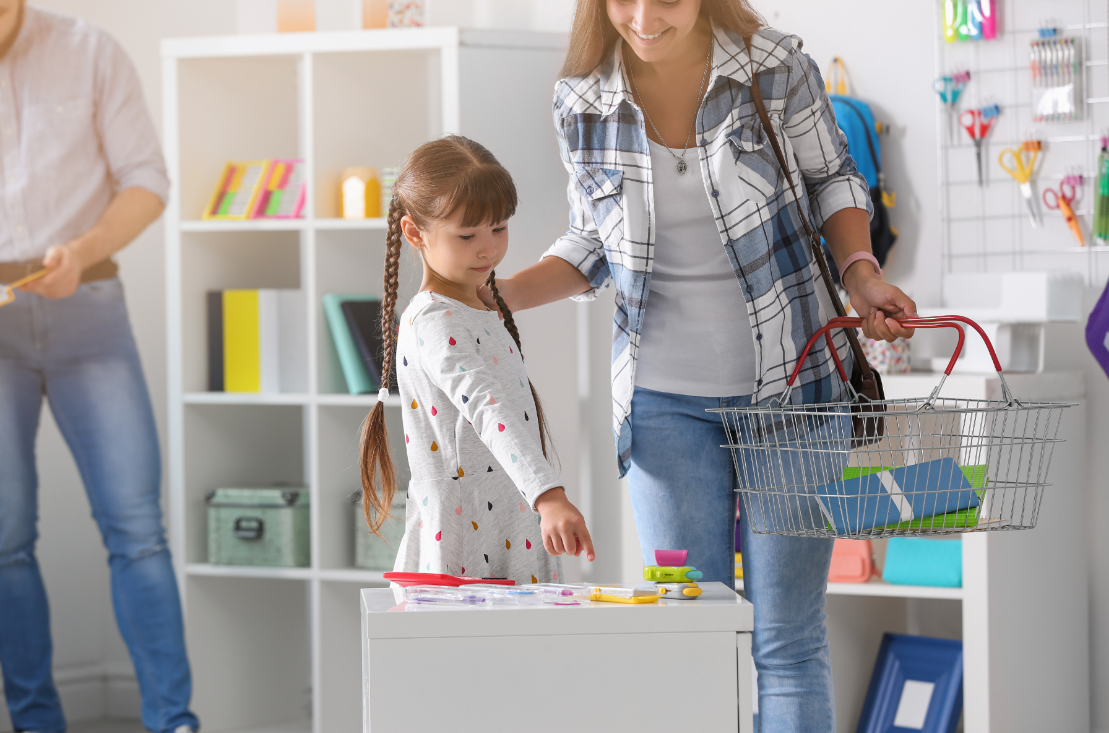







As the back-to-school season approaches, Americans are projected to spend a total of $39 billion on shopping for school supplies in 2024, a decrease from last year's record spending of $41.5 billion, which averaged $890 per household [55a1b3eb]. The National Retail Federation (NRF) estimates that spending will average $874.68 per household this year, reflecting a shift in consumer behavior as families become more price-conscious due to an economic slowdown [55a1b3eb]. In fact, 41% of consumers are actively seeking deals, and retail prices are expected to fall by 0.7% this year [55a1b3eb]. Some school supplies have seen significant price drops, with sticky notes down 22%, paper down 20%, and crayons down 19% compared to last year [55a1b3eb].
Despite the rise of online shopping, a recent survey by Sensormatic Solutions reveals that 74% of U.S. back-to-school consumers plan to shop in-store [0ddba66e] [0c3e8e24]. This finding is consistent with the 2024 U.S. Back-to-School Consumer Sentiment Survey, which also reports that 74% of U.S. consumers plan to conduct their back-to-school shopping in brick-and-mortar stores [0c3e8e24] [31782422]. The survey highlights the popularity of 'buy online, pick up in-store' (BOPIS) and curbside pickup, with 43% of shoppers utilizing BOPIS and 25% using curbside pickup [0ddba66e]. Some consumers started their back-to-school shopping as early as June [0c3e8e24]. However, due to the state of the U.S. economy, 34% of respondents plan to spend significantly less than in previous years [0c3e8e24] [31782422]. Respondents' top anticipated shopping challenges include out-of-stock items (56%), large crowds (39%), and lack of time to shop (35%) [0c3e8e24] [31782422]. Retail theft and crime are growing concerns, with 44% of shoppers considering safety and comfort when choosing where to shop [0c3e8e24]. Price is a crucial factor for 75% of respondents [0c3e8e24]. Many shoppers are considering reusing supplies from prior years or shopping at discount or secondhand stores [0c3e8e24] [31782422]. Additionally, 83% of respondents consider sustainability in their purchasing decisions, with 45% using reusable shopping bags and 41% choosing products with sustainable packaging [0ddba66e] [0c3e8e24] [31782422]. Shoppers who prioritize sustainability can adopt shopping strategies such as purchasing from secondhand stores, using reusable shopping bags, choosing products with sustainable packaging, and opting for eco-friendly materials [0c3e8e24]. Retailers are working to ensure a safe and seamless shopping experience for back-to-school shoppers [0c3e8e24] [a957154d] [31782422]. Sensormatic Solutions advises retailers to leverage data-driven technologies to understand customer behavior and adjust their strategies accordingly [a957154d]. August is predicted to be the busiest month for back-to-school shopping [31782422].
A survey of 2,000 U.S. parents of elementary school kids found that 77% would try any means necessary to save money on school supplies, including dumpster diving and stealing from work [f71ca9bd]. The top resources parents have used to keep their back-to-school shopping under control include purchasing school supplies on sale (49%) and shopping at multiple stores for the best deals (45%) [f71ca9bd]. Other methods parents would try to save money include hoarding school supplies throughout the year (37%), extreme couponing (22%), and dumpster diving (5%) [f71ca9bd]. Over half of the parents (57%) would be willing to group-buy school supplies with other parents [f71ca9bd]. The survey also found that 82% of parents believe the cost of supplies has increased in the past year, with an average anticipated spending of $280 on supplies this year [f71ca9bd]. Additionally, 44% of parents would consider giving their kids money to spend on school supplies, but many believe their kids would use it on snacks, candy, and games instead [f71ca9bd]. Kids are more concerned about having name-brand school supplies than parents, and 59% of parents feel like their kids pester them to buy certain name-brand items [f71ca9bd]. The survey was conducted by Talker Research and commissioned by The Krazy Coupon Lady [f71ca9bd].
Consumers are moderating spending and buying store-brand or generic products to save money during the back-to-school season. According to a report by RSM US, back-to-school spending is expected to decrease in 2024 [34984df0]. The report highlights that personal savings as a percentage of disposable income has fallen from 24.5% to 3.5% between 2020 and now [34984df0]. Back-to-school spending grew 57% between 2019 and 2023 [34984df0]. The personal consumption expenditures price index has moderated to 2.6% year-over-year growth [34984df0]. Credit card and auto loan delinquencies are increasing across all age groups [34984df0]. U.S. consumers are choosing to buy less expensive products and opting for store-brand or generic options [34984df0]. The report advises middle-market businesses to realign target audience profiles, maintain item penetration, innovate existing products, and leverage new technology to reduce operational costs [34984df0].
A recent study by Intuit Credit Karma revealed that 50% of parents surveyed plan to sacrifice buying necessities and paying bills to ensure their children have what they need for the school year [1d98dfee]. 60% of Gen Z parents and 56% of millennial parents are also prioritizing back-to-school supplies over necessities [1d98dfee]. The cost of school supplies has risen up to 24.5% over the past four years [1d98dfee] [34984df0]. Over 30% of parents surveyed say they can't afford back-to-school shopping this year [1d98dfee]. Nearly one-third of parents are willing to take on up to $500 in debt, while more than one-in-six are willing to take on up to $750 in debt [1d98dfee]. Another one-in-six are willing to reach $1,000 or more [1d98dfee]. Families with children in elementary through high school plan to spend an average of $874.68 on clothing, shoes, school supplies, and electronics [1d98dfee]. Total back-to-school spending is expected to reach $38.8 billion [1d98dfee] [34984df0].
U.S. Customs and Border Protection (CBP) and the U.S. Chamber of Commerce are cautioning consumers about the risks of purchasing counterfeit school supplies as the back-to-school season approaches [c7305c65]. Counterfeit school supplies can pose health and safety risks to children, and the CBP and U.S. Chamber of Commerce are urging consumers to purchase school supplies from reputable retailers [c7305c65]. Counterfeit school supplies can include items such as backpacks, notebooks, and pens [c7305c65]. The CBP has seized over $1.3 billion worth of counterfeit goods in the past year [c7305c65]. The U.S. Chamber of Commerce is working with CBP to educate consumers about the dangers of counterfeit products [c7305c65].